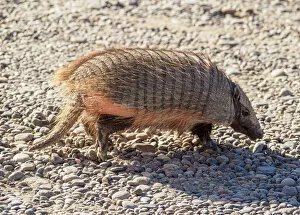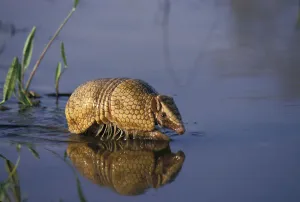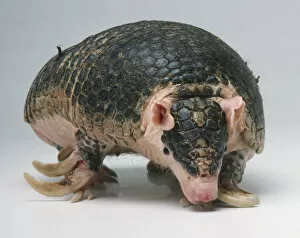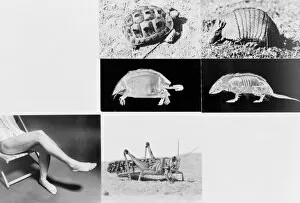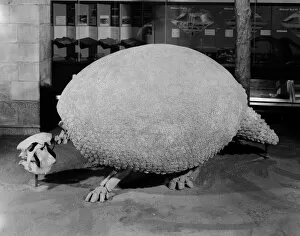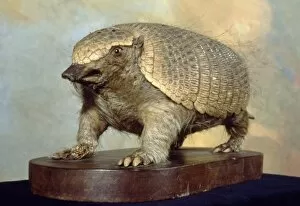Dasypodidae Collection
"Discover the Fascinating World of Dasypodidae: The Armadillos of Patagonia
All Professionally Made to Order for Quick Shipping
"Discover the Fascinating World of Dasypodidae: The Armadillos of Patagonia, Argentina" Behold the majestic Large hairy armadillo (Chaetophractus villosus) in all its glory. This portrait captures the essence of these incredible creatures found in Peninsula Valdes, Patagonia, Argentina. Witness the Big Hairy Armadillo (Chaetophractus villosus) roaming freely at Punta Norte, Valdes Peninsula - a UNESCO World Heritage site. Their unique appearance and habitat make them truly remarkable. Standing tall on their hind legs, this Large hairy armadillo (Chaetophractus villosus) showcases its impressive stature amidst the stunning landscapes of Peninsula Valdes, Patagonia. Watch as this Large hairy armadillo (Chaetophractus villosus) forages through sand with precision and determination on Peninsula Valdes, Patagonia. These resourceful creatures have adapted to survive in challenging environments. Catch a glimpse of the Southern three-banded armadillo (Tolypeutes matacus) gracefully walking through shallow water - a sight that exemplifies their resilience and adaptability. A young Nine-banded Armadillo / Nine-banded Long-nosed Armadillo finds comfort in human care as it is held up by a keeper's gentle hands. Let us appreciate efforts to protect these unique species. Once again, we encounter the Big Hairy Armadillo (Chaetophractus villosus), showcasing its distinctive features against the breathtaking backdrop of Punta Norte, Valdes Peninsula - an enchanting sight indeed. Meet Dasypus novemcinctus - also known as Nine-banded armadillos. These fascinating creatures add diversity to our ecosystem and deserve our admiration for their survival skills.

